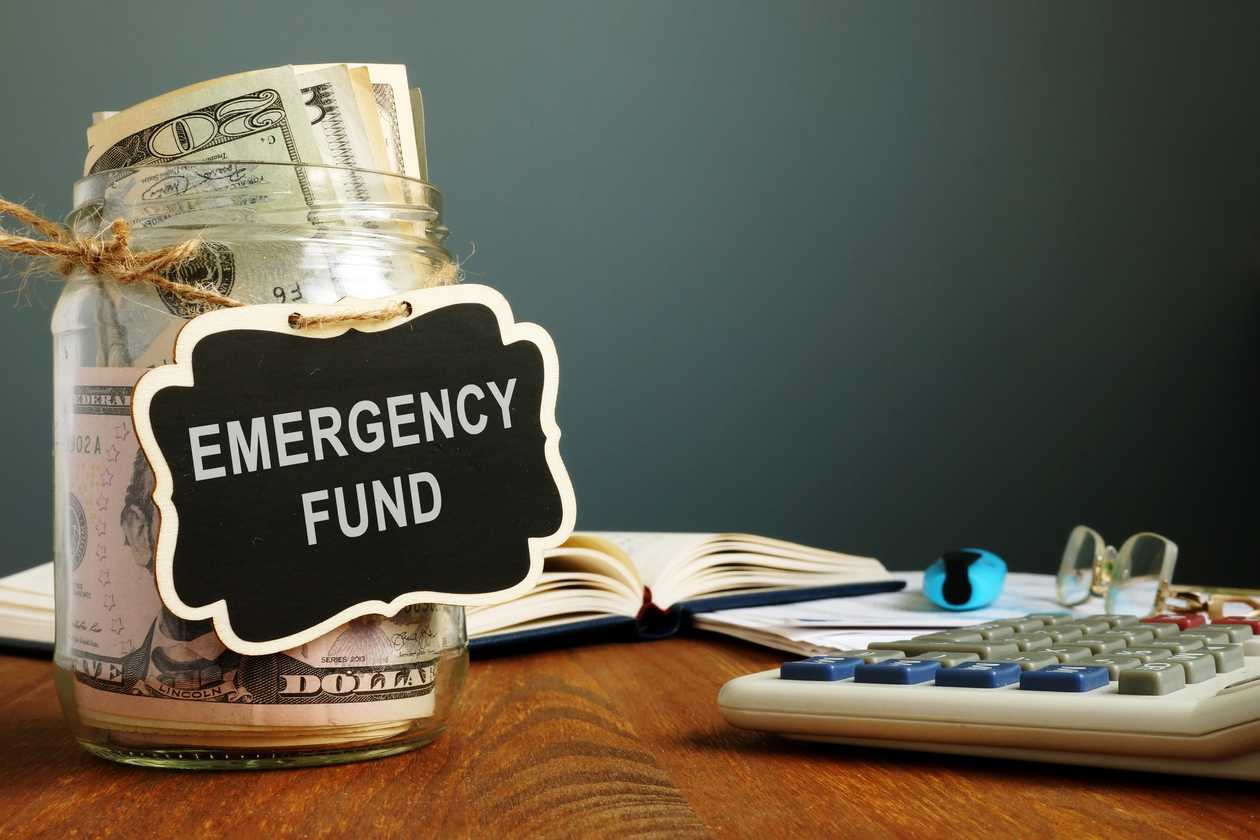Life is unpredictable, and financial emergencies can strike when you least expect them. Whether it’s a medical emergency, sudden job loss, car repairs, or a major home expense, unexpected events can disrupt your finances. That’s why having an emergency fund is essential. This financial safety net provides peace of mind and can prevent financial crises from spiraling into long-term debt or hardship.
What is an Emergency Fund?
An emergency fund is a reserve of money set aside specifically for unexpected expenses or financial emergencies. It’s not intended for regular expenses or discretionary spending but for genuine emergencies where immediate access to funds is critical. The purpose of an emergency fund is to help you cover costs without having to rely on credit cards, loans, or borrowing from friends and family.
Why is an Emergency Fund Important?
- Financial Stability: Having an emergency fund ensures that you can handle sudden expenses without compromising your financial stability. Whether it’s paying for an unexpected medical bill or covering living expenses during a period of unemployment, the fund serves as a buffer.
- Avoiding Debt: One of the main benefits of an emergency fund is that it prevents you from taking on high-interest debt, such as credit card debt or payday loans. Relying on debt during a financial emergency can create a vicious cycle of borrowing that is difficult to escape.
- Peace of Mind: Knowing that you have a cushion to fall back on can reduce anxiety during uncertain times. An emergency fund allows you to focus on solving the problem rather than worrying about how you’ll pay for it.
- Increased Flexibility: An emergency fund gives you the financial flexibility to make better decisions. For instance, if you lose your job, you’ll have the breathing room to find a job that suits your skills and goals rather than being forced to take the first offer just to cover expenses.
How Much Should You Save?
A common rule of thumb is to save three to six months’ worth of living expenses in your emergency fund. This amount should cover your essential expenses such as rent or mortgage, utilities, groceries, insurance, and transportation. If you have dependents or a less stable source of income (like freelance or contract work), you might consider building a fund that covers six to twelve months’ worth of expenses.
To determine how much you need, calculate your monthly expenses by listing your non-negotiable costs. Multiply that amount by three, six, or twelve, depending on your comfort level and risk tolerance.
Steps to Build an Emergency Fund
- Set a Realistic Goal:
- Start by setting a goal that works for you, whether it’s $500 or $5,000. Establishing a goal gives you something to work toward and helps you stay motivated.
- Automate Savings:
- One of the easiest ways to build your emergency fund is by automating your savings. Set up a direct deposit from your paycheck to a separate savings account, so you don’t have to think about it.
- Cut Unnecessary Expenses:
- Look for areas in your budget where you can cut back temporarily. Whether it’s reducing dining out, canceling unused subscriptions, or finding more affordable alternatives for entertainment, funnel those savings into your emergency fund.
- Start Small and Build Over Time:
- You don’t have to save the entire amount at once. Start small by saving what you can and gradually increase your contributions as your financial situation improves. Even setting aside $20 or $50 a week can add up over time.
- Keep Your Fund Separate:
- To avoid the temptation of using your emergency savings for non-emergencies, keep your fund in a separate savings account. Choose an account that is easily accessible but not linked to your checking account to prevent impulse spending.
- Review and Adjust:
- Periodically review your emergency fund and adjust your savings goals as your financial situation changes. For example, if your living expenses increase due to rent hikes or family growth, increase the size of your emergency fund accordingly.
When to Use Your Emergency Fund
It’s important to use your emergency fund only for true emergencies. These can include:
- Job Loss: Use your emergency fund to cover living expenses while you search for new employment.
- Medical Emergencies: This could involve paying for unexpected medical bills, prescription costs, or urgent procedures not covered by insurance.
- Car Repairs: Major car repairs that prevent you from commuting to work or handling daily responsibilities are valid reasons to dip into your emergency fund.
- Home Repairs: Emergency home repairs, such as a leaking roof or broken furnace, can also justify using the fund.
Rebuilding After Using Your Fund
If you deplete some or all of your emergency fund, it’s important to rebuild it as soon as possible. Treat replenishing your emergency fund as a priority, just as you did when you first started saving. Use the same strategies—such as automating savings, cutting expenses, or diverting bonuses and tax refunds to rebuild the fund.
Conclusion
Building an emergency fund is one of the most important steps you can take toward achieving financial security. It acts as a safeguard, helping you manage life’s inevitable surprises without falling into debt or derailing your long-term financial goals. By being proactive, setting realistic goals, and staying disciplined, you can create a financial cushion that offers both security and peace of mind in uncertain times.









